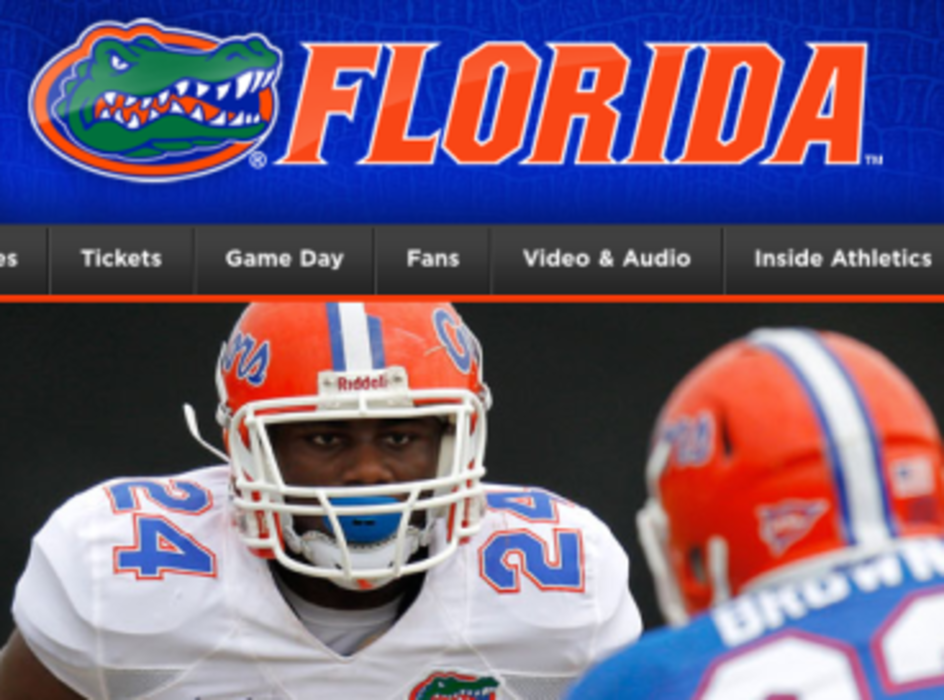Shortly after noon on August 31, on what is sure to be a hot and steamy day in Gainesville, the mighty University of Florida Gators open their football season against the not-as-mighty University of Toledo Rockets. The Gators average 90,000 fans a game in Ben Hill Griffin Stadium, and the opener is expected to be packed at kickoff. But if the game turns into a rout by halftime, fans will abandon the stands to seek cooler surroundings and UF will lose its huge opening-day audience to nearby pubs. Only this year, they may not lose as many.
UF will be one of the first college athletic programs to introduce a second-screen social media program this football season to take advantage of sports fans’ overwhelming penchant to watch live events with mobile devices on which they post, tweet, check stats, and watch replays.
“Viewing habits are quite different now than they were five years ago. People have different expectations,” says Fred Demarest, an assistant athletic director at UF who also carries the title of head of new media and strategic communications. “What we’re doing to capitalize on the second screen is an important part of how we connect to our fans and how they connect to each other.”
Gator fans watching the Toledo game on TV or in the stadium will be able to use their mobile devices to log in to UF’s SportsBase page to receive updated stats and highlights and gain easy access to social media. Right alongside a scoreboard and listing of game leaders at the top of the page is a Twitter feed.
The SportsBase page extends the reach of sponsors like Under Armour and the Florida Lottery with banner ads and opportunities for interactive campaigns like having game attendees post pictures that could end up on the stadium’s big video board. But to Demarest, the big opportunity presented by the second screen is allowing the university to seize the high ground as a sports content provider for its customer base.
“We have 12 to 14 Saturdays that are the most heavily trafficked days of the year for Gator fans, so we have to look at the best ways we can reach and serve our audience on those days,” Demarest says.
During the week, SportsBase gives UF an opportunity to fill a void left by declining budgets at news media. “Our editorial component is critical to us, and because of a reduction in coverage of the program in newspapers, a lot of great stories are not being told.”
Timeliness–essential for appealing to highly engaged sports fans—is the basis of SportsBase’s content marketing proposition. “It’s a comprehensive experience. It’s the best of what’s said about the team on Facebook, Twitter, and Instagram, plus key stats,” says Bob Morgan, president of SportStream, which provides the SportsBase platform. “The sports sites mirror each other. They all look the same. Box scores, a couple of articles. But the whole media landscape is shifting to timeliness, and now the University of Florida is able to say to fans, ‘Here’s something that’s literally up to the minute.’”
Having control of a key in-game medium provides UF with engagement metrics that excite sponsors, too. The university tested SportsBase during basketball season last winter and analyzed activity during games. “We found that there are going to be five to seven moments in any game that spike social conversation,” Demarest says. That does two things for Demarest: It provides a real-time hook for premium ad buys, and it guides him to the video highlights that will be shared over and over on social sites.
“Since we started investing heavily into social media two years ago, we’ve seen a 600% increase in fan involvement on social channels,” Demarest says. “One of the great things about social is that it takes a diverse and scattered audience like the one we have and keeps them connected with what we’re doing here.”








